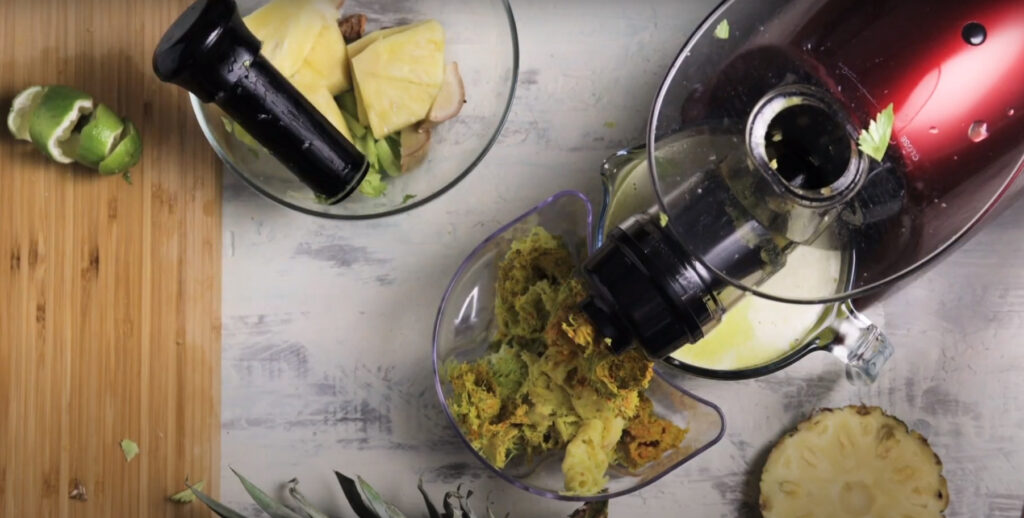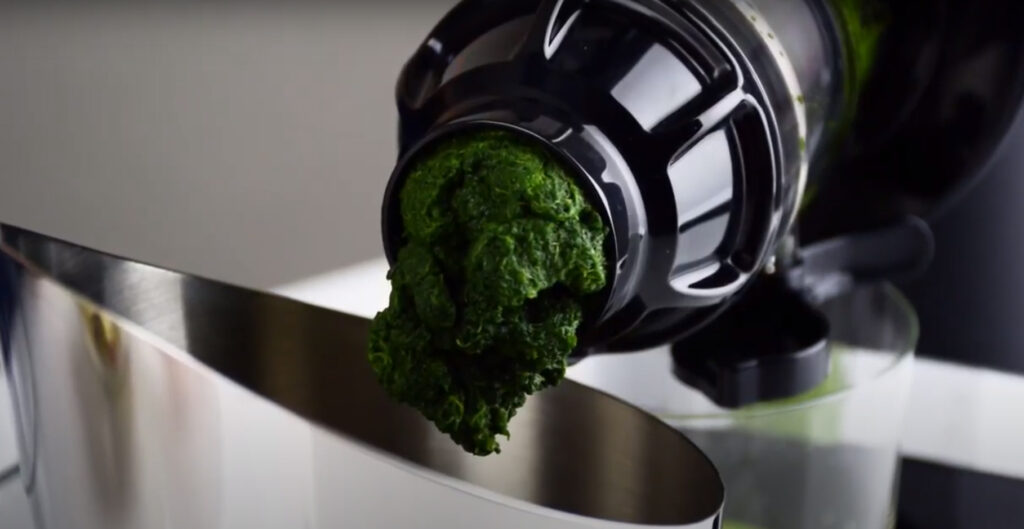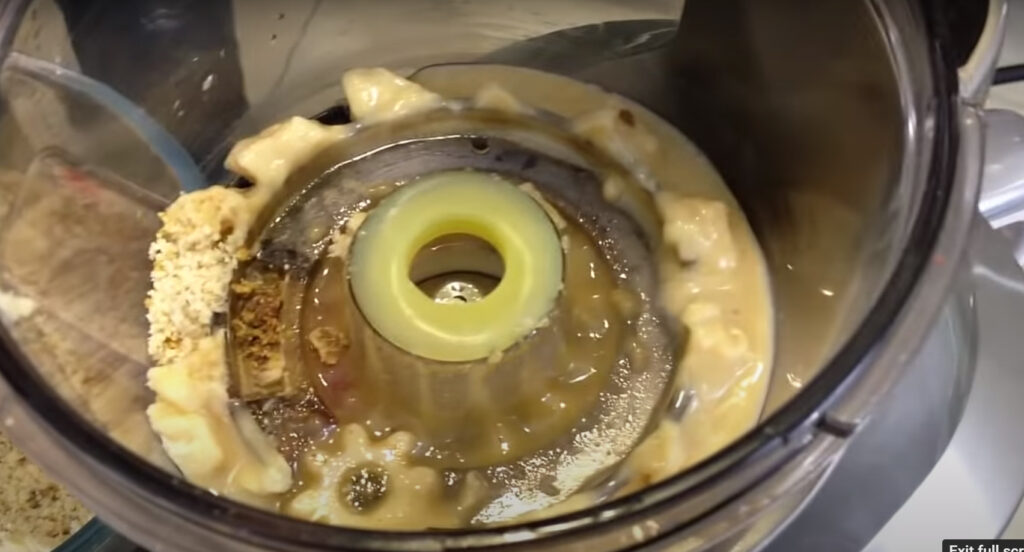So, you have decided that you were going to start juicing; you have done your research, put in your due diligence, assessed your needs vs. wants, and purchased your juicer…
Now that the easy part is out of the way, you can move on to the more difficult part. Although it seems straightforward, you will just juice fruits and vegetables. But you are also going to learn a few ways to MAXIMIZE your investment toward your health. There are a few different ways that this can be accomplished.
First, the style of juicer you have will affect it is versatility and what other functions you can perform. Not necessarily the brand name or anything, but the specific extraction method your juicer uses, whether it is a centrifugal juicer, masticating juicer, single auger horizontal and vertical (yes, their functionality has a few differences), or twin screw. Now, that being said, let’s try to disclose some knowledge or some ideas!
Table of Contents
What To Do With Pulp

Option #1 Is Processing Your Pulp Again

However, soft pulp such as kiwis and cucumbers are absolutely unsuitable for repeated extraction. Simply because the pulp for soft ingredients has a gooey or sticky mess consistency, and if your second time runs it through a juicer, it will not change its texture.
This process also is NOT RECOMMENDED for anyone using a centrifugal-style juicer. The reason is that they are the least efficient at juice extraction out of all the different styles and because they rely on a mesh basket to extract the juice from the whole produce, you will simply clog the mesh with the pulp, and nothing will happen. Of course, if you have a Welle’s Press or any other pulp press, it goes without saying that you can just press all of your pulp and REALLY get everything out.
Option #2 Is to Making Homemade Vegetable Stock
You can take all the vegetable pulp (not fruit) and store it in ZipLock baggies in the freezer until you have a good amount. So, when you get a good amount saved up in the freezer, you can fill up a pot of water and brings it to a boil. Then add all his vegetable pulp and boils the crap out of it for about 30 minutes or even longer. The “pulp-to-water” ratio is kind of convoluted and hazy, and you should have a “feel” for it. You can use the homemade stock for different vegetarian or vegan soups, which is pretty good. It has a different flavor than Swanson’s vegetable stock.
Option #3 is DehydratIng Your Pulp
You can find TONS of recipes for vegan snacks where the recipe revolves around juiced fruit pulp. There are also a few carrot cake recipes with carrot shreds after juicing. And there is really no limit to what you can do with the pulp in a recipe. Just bear in mind that there will be some residual taste in the pulp after the extraction process, so make sure you blend your flavors carefully. For example, do not use apple pulp to make your vegetable stock or anything. Some people dehydrate the pulp, put it in a blender, and pulverize it once it is dry to act as a fiber additive in whatever it is that they want to put it in; it is simply like a natural Metamucil.
Option #4 Is Composting It!
What better way to use your pulp than return it from whence it came? I know it sounds really hippie, but it is true. I also can not think of a better way to nourish your garden than the micronutrients offered by fruits and vegetables. But, unfortunately, worms also eat this stuff up (literally).
Homogenizing
Well, how does this apply to a juicer? If you have a masticating or auger juicer, you may have an extra attachment that came in the package with your juicer called a homogenizing blank nozzle. What happens when you install your homogenizing nozzle is quite simple: everything that goes in will come out. No separation or extraction is happening. Your produce gets mauled, crushed, and pulverized by the mechanics of the juicer, and it spits it all out together. You can make apple/pear chutney sauce or sauce with pineapple and garlic. The most popular thing to do is either make banana “ice cream” with it or stuff like raw apple sauce. You simply take a peeled frozen banana for the banana ice cream and homogenize it. It has the consistency of thick, soft-serve ice cream.
Additionally, your homogenizing nozzle can also be used to do other stuff, such as grind grains into rough flour and grind fresh coffee beans for coffee.
Extrusion
Some juicers have what are called “extrusion tips,” which are typically paired with the homogenizing nozzle. Extrusion is forcing material through an orifice to get the desired shape. The most straightforward example of this is noodles or ground beef. You put your meat into a meat grinder, and the meat is ground up and forced through a plate full of small holes. That is an extrusion attachment. It forms the meat into what we know as “hamburger”. Some juicers can do this, but the most typical application is noodles. You would mix up your dough for your noodles and feed it through your chute that has the homogenizing plate installed along with an extrusion tip. The auger would force out the dough through the holes, and “voila”, you have fresh spaghetti/linguini/etc for your meal.
Nut Butters and Almond/Soy Milk

Summary
I hope that whoever reads this is reaffirmed by their juicer purchase at the very minimum. What I am really hoping is that I’ve shared with some of your things that you didn’t think about or didn’t realize that you had the capacity to do



